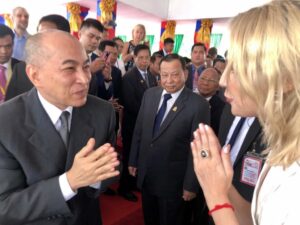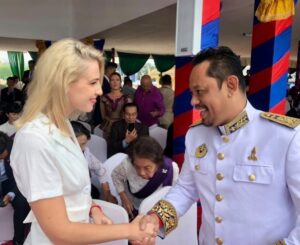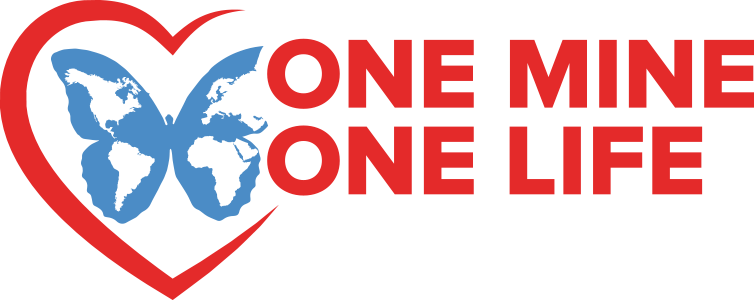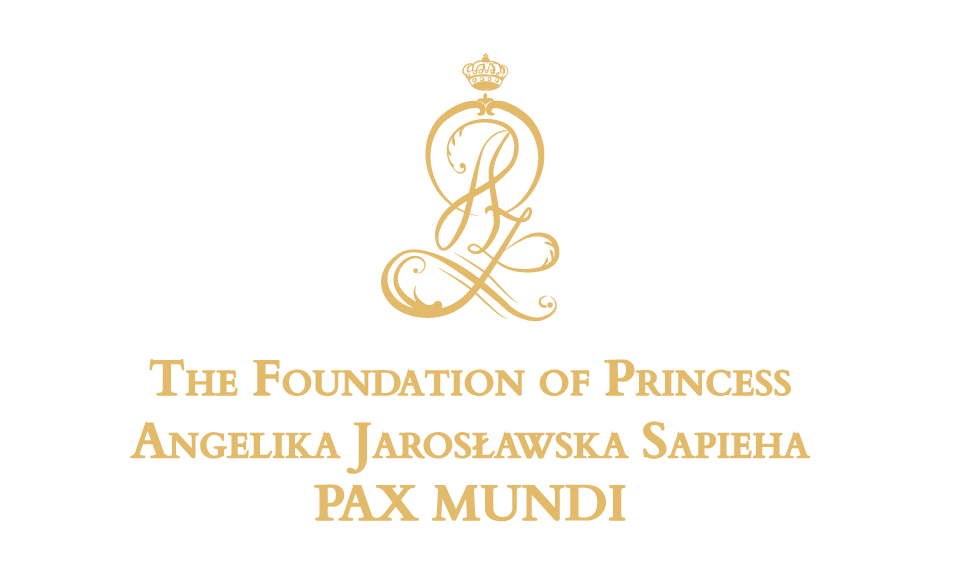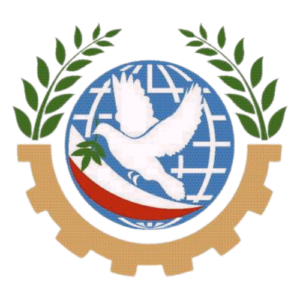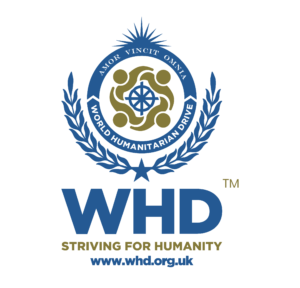
WORLDWIDE ACTION AGAINST LAND MINES
Devastating landmines are one of our generation's biggest challenges.
You can change it.
One Mine One Life is impartial and independent of any government, political persuasion, corporation or religious creed.
Let more people know about the landmines around the world and get involved!
In 2019, at least 5,554 casualties of mines/ERW were recorded: 2,170 people were killed, 3,357 people were injured, and for 27 casualties the survival status was unknown.
1 HOUR = 2 PEOPLE
Mine and explosive remnant of war casualties occur in every region of the world, causing an estimated 15,000 – 20,000 injuries each year. It means that every hour more than 2 people become a victim of land mine.
60
Today over 60 million people across the globe woke up in fear of being injured or killed by landmines.
7.073
In 2020, at least 7,073 casualties of mines/ERW were recorded: 2,492 people were killed and 4,561 people were injured.
1.872
In 2020, there were at least 1,872 child casualties. Children made up half of the civilian casualties where the age group was known.
5000
Mines kill or maim more than 5,000 people annually.
QUICK
LESSON
ABOUT
LAND
MINES
Land mine is made of plastic, metal, or other materials. They contain explosives and sometimes pieces of metal or other objects meant to cause additional injury. They can be activated by direct pressure from above, by pressure put on a wire or filament attached to a pull switch, or even simply by the proximity of a person within a predetermined distance.
Triggered landmine unleashes unspeakable destruction, often destroying one or more limbs and projecting metal and debris into the wound, as well as causing burns, blindness, or other life-long injuries. Sometimes the victim dies from the blast, due to loss of blood or because they don’t get to medical care in time. Those who survive and receive medical treatment often require amputations, long hospital stays, multiple operations, and extensive rehabilitation.
Stepping on a blast antipersonnel mine will invariably cause severe foot and leg injuries, as well as secondary infections usually resulting in amputation. Fragmentation mines project hundreds of metal fragments, showering the victim with deep wounds. Bounding fragmentation mines are more powerful versions: they spring up about 1 meter and then explode, firing metal fragments to a large radius at waist height.
In 2016, an average of 23 people around the world lost their life or limb to a landmine or another explosive remnant of war, every day. That means over 8,605 people were hurt or killed in 2016.
Still some 61 countries and areas around the world are contaminated by landmines and thousands of people continue living with a this daily threat of losing their life or limb.
The majority of the countries remaining outside the treaty keep stockpiles that collectively total around 50 million landmines. If not destroyed, those landmines remain ready to be used any time. The biggest stockpiles of antipersonnel landmines are held by: Russia, Pakistan, India, China, and the United States.
There is also a small group of countries that still continues producing antipersonnel landmines, likely including India, Myanmar, Pakistan, and South Korea, with a few others reserving the right to produce the weapon.
Though new use of antipersonnel landmines is rare and limited, it still happens. Myanmar/Burma is the only government that has persistently continued laying antipersonnel mines over the years. In addition Libya (under Gaddafi) and Syria used antipersonnel mines during recent conflicts. There is also a number of non-state armed groups in a handful of countries that have continued using antipersonnel mines.
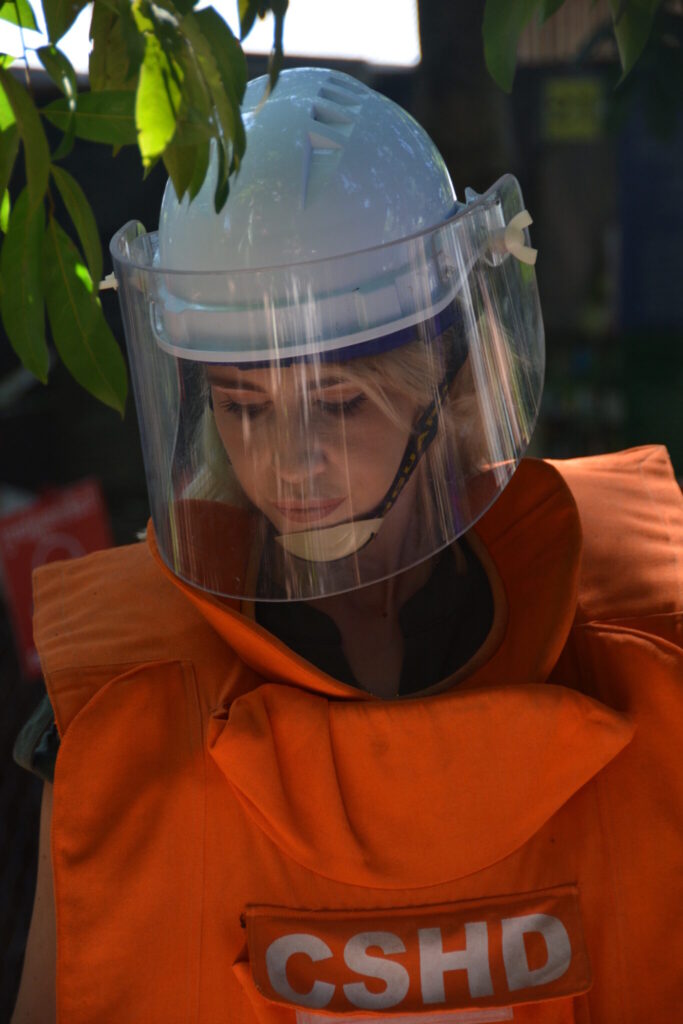
The most common injury associated with landmines is loss of one or more limbs. In the United States, the rate of amputation is 1 for every 22 000 people. In Angola, it is 30 for every 10 000.
A landmine is the perfect soldier: Ever courageous, never sleeps, never misses.
Paul Jefferson, one of the earliest humanitarian deminers
A CONTINUATION OF PRINCESS DIANA'S MISSION
We are the generation of change makers. As a community of One Mine One Life we want to continue Princess Diana’s work. Princess Diana’s visit to Angola raised global awareness of the plight of landmine victims and the indiscriminate nature of the weapons.
She became the voice of those who were wounded and physically broken by landmines. The problem of anti-personnel landmines is a fundamentally humanitarian problem. These weapons of war kill in peacetime.

PRINCESS DIANA APPEALS FOR LANDMINE BAN.
Princess Diana spoke out in support of an appeal launched by the International Committee for the Red Cross (ICRC) to help victims of land mines around the world.
Princess Diana made the issue of landmines such an important one in the last year of her life.
Twenty-five years ago, Princess Diana stepped out onto an active minefield in Angola to aid in the call for an international ban on landmines. After her visit to Angola, Princess Diana wrote a letter to the British Red Cross saying: “If my visit has contributed in any way at all in highlighting this terrible issue, then my deepest wish will have been fulfilled.”
Angola wasn’t the only country affected by landmines that Diana visited; in early August 1997, she visited victims of mines in Bosnia and again focused the world’s attention on the issue. Zoran Ješić, now 46, remembers her visit well. Ješić stepped on a landmine in 1994, and now lives and works in Bosnia for the organization UDAS, which supports landmine survivors. “It was a very brave decision for her to come here only two years after the war,” he says. “The situation wasn’t so stable, and I had the feeling that Diana decided to use her popularity to help people in states like mine. Her contribution on the international level was enormous.”
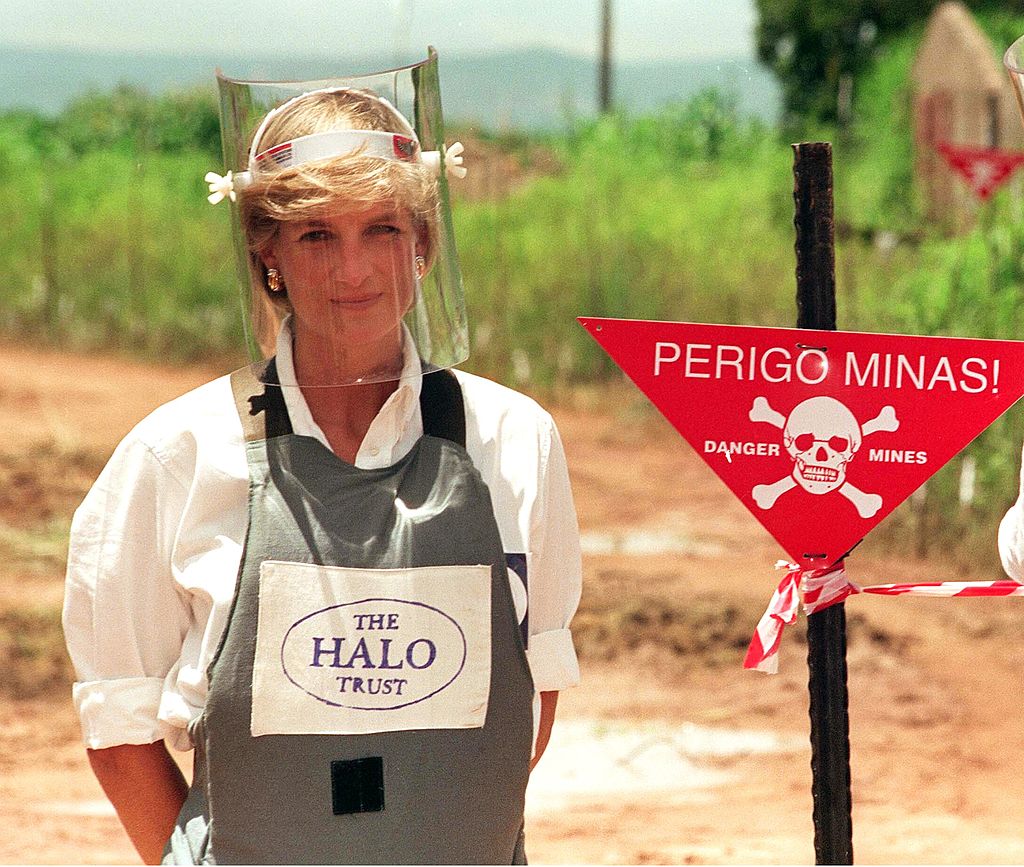
A WORLDWIDE BAN ON LANDMINES.
It has been 21 years since Diana, Princess of Wales died in Paris. Princess Diana led a campaign for a worldwide ban on landmines. During the trip to Angola, she walked through a recently cleared minefield, putting her own safety at risk. After that, she became the voice of those who were wounded and physically broken by landmines. She worked on behalf of charities around the world.
NOW, 24 YEARS LATER AFTER PRINCESS DIANA'S SUDDEN DEATH...
LANDMINES ARE STILL HURTING AND KILLING CHILDREN AROUND THE WORLD.
Princess Angelika Jarosławska Sapieha is continuing the anti-landmine campaign and support the action of demining the world, which was supported by Princess Diana.
Princess Diana became the voice of those, who were wounded and physically hurt by landmines.
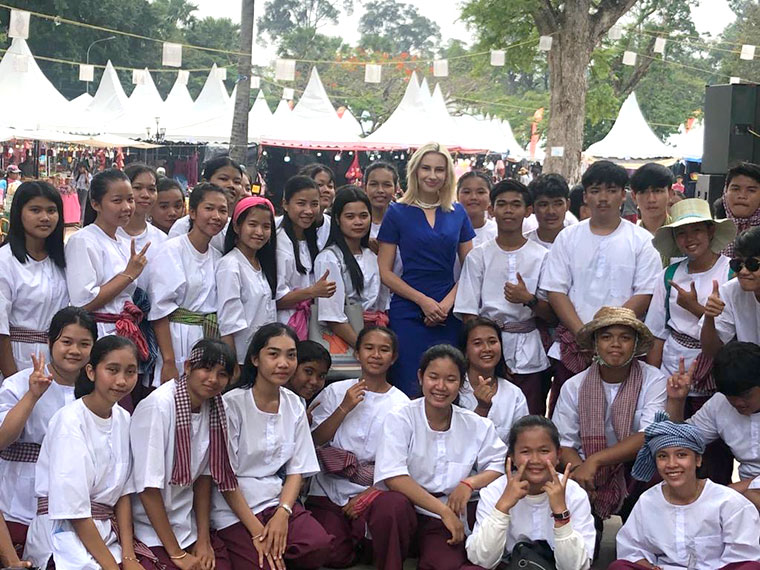
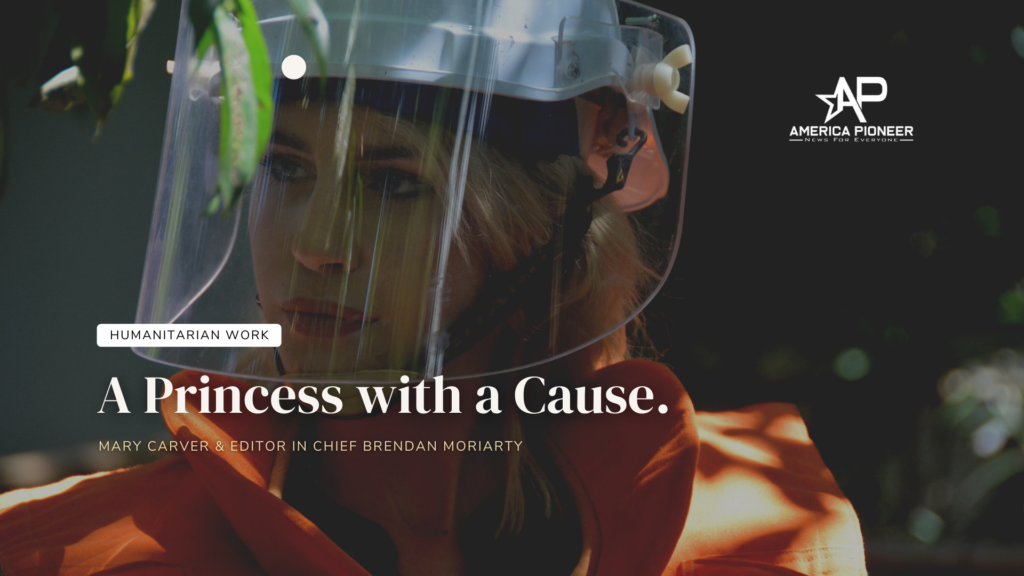
[...] at a young age Angelika Jarosławska Sapieha has taken the mantle of responsibility to bring to light the people"
Mary Carver & Editor in Chief Brendan Moriarty
SUPER WIKTORIA AWARD FOR HUMANITARIAN WORK
AND CONTRIBUTION TO THE GLOBAL DEMINING ACTION.
On October 9, 2021, in Warsaw, Poland, Angelika Jarosławska Sapieha received a special award from Super Wiktoria for her humanitarian work and contribution to the global demining action.
Princess Angelika Jarosławska Sapieha has been following the situation in Cambodia and she stays connected with many great people from this country. She learned very much about Cambodia’s problems, especially in the subject of mines, in the United States, on the occasion of her interview for CNN, when she was first invited to Forbes Summit. Cambodia has a unique history. It is a cradle of culture, a place inhibited by extraordinary people. That is why Princess Angelika wished to go there, get to know and help the wonderful country of Cambodia.
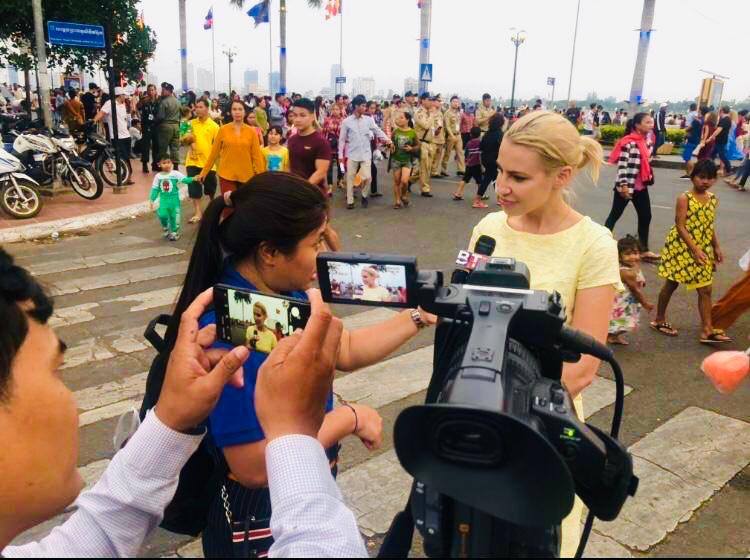
Princess Angelika Jarosławska in Cambodia.
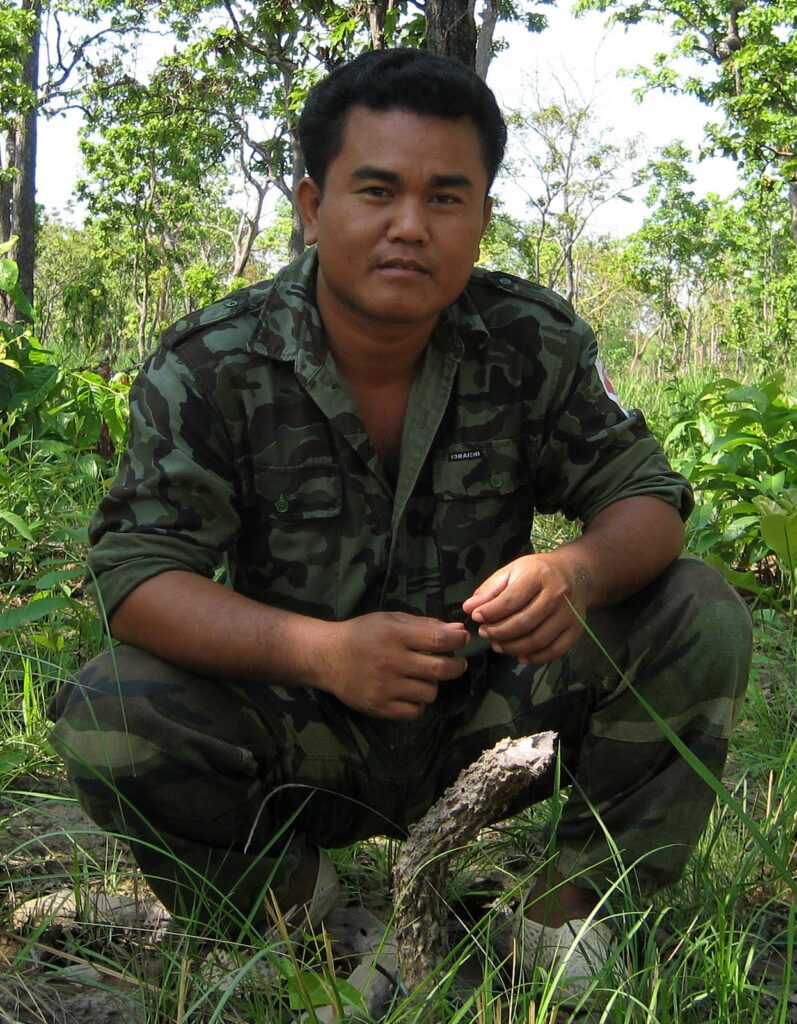
Aki Ra, demining hero from Cambodia
Aki Ra is a real hero who has searched for landmines and has demined his country for all his life, despite the huge risk. Princess Angelika decided to find him at all costs, to meet him and to visit mysterious Cambodia – the country of the great Khmers.
In the early 1990’s Aki Ra went to work for the United Nations clearing landmines around Angkor Wat. He decided that demining would become his trade and returned to the villages where he had fought, removing landmines that were killing and maiming his fellow Khmers. His Cambodian Landmine Museum and Relief Center, cares for dozens of at-risk children.
They are housed, cared for, and educated. Today he runs a demining NGO called Cambodian Self Help Demining. As of 2018, his team has cleared over 155 minefields in small villages and put over 36,000 people back on land that was, in every sense of the word, killing them. Mines, which are a threat to lives and health, prevent the development of agriculture and the economy.
AKI RA, A TRUE HERO.
A Cambodian Aki Ra, top 10 CNN Heroes 2010, has dedicated his life in clearing land mines in Cambodia and helping handicap people.
'Our organization is run by Khmer people, working for our country. We want people to know that the land mine problem in Cambodia has not gone away. People are being injured all the time, and we are working to make Cambodia safe.'
- Aki Ra
On 12 August 2012 Aki Ra was honored by the Manhae Foundation in South Korea with the 2012 Manhae Foundation Grand Prize for Peace. In February 2013 Aki Ra received the Paul P. Harris Fellowship for peace and conflict resolution from the Rotary Club of Gravenhurst, Ontario.
Cambodian Self Help Demining’s charter is to clear small villages, areas considered “low priority” for other international demining organizations, who are busy in “high priority” areas. In its first year of activity CSHD cleared 163,000 square meters of land and put over 2,400 people back on land that had been too dangerous to farm or live on.
Aki Ra is helping to make his native Cambodia safer by clearing land mines — many of which he planted years ago as a child soldier.Since 1993, he and his Cambodian Self Help Demining organization have cleared about 50,000 mines and unexploded weapons.
Princess Angelika
& His Majesty
the King of Cambodia
The greatest summary of several months of Princess Angelika Jarosławska Sapieha’s work was a meeting with His Majesty King of Cambodia. She promised the King Norodom Sihamoni, that she will do everything in her power to help the Cambodians in the best possible way by humanitarian actions and in particular to help in demining Cambodia.
His Majesty shook her hands and with a nod of his head thanked her for everything she has done for Cambodia. Princess Angelika gave her Coin of Peace and His Majesty the King of Cambodia said that he would support her. His Majesty thanked once again and walked away. It has beautiful and touching. Her work had been discussed at the government forum.
